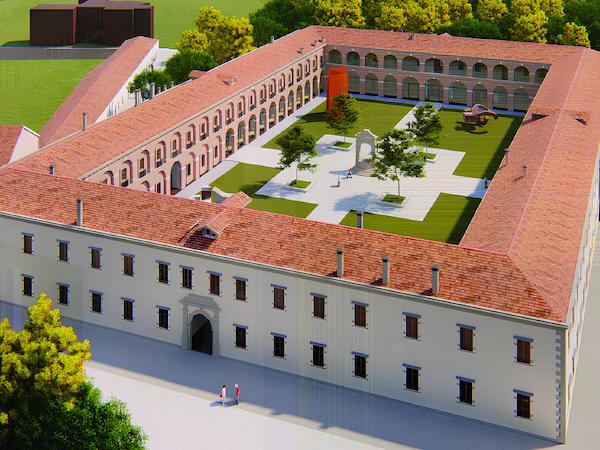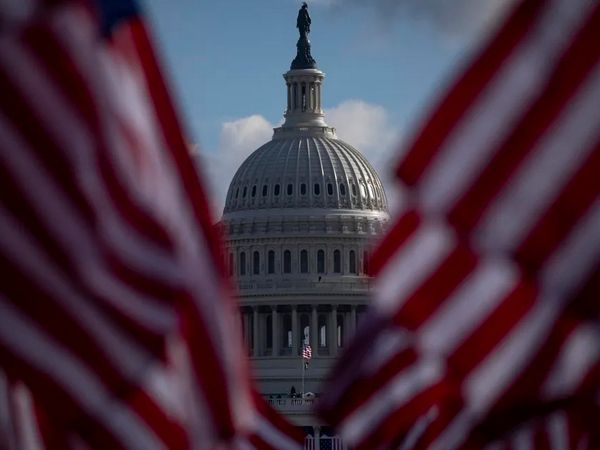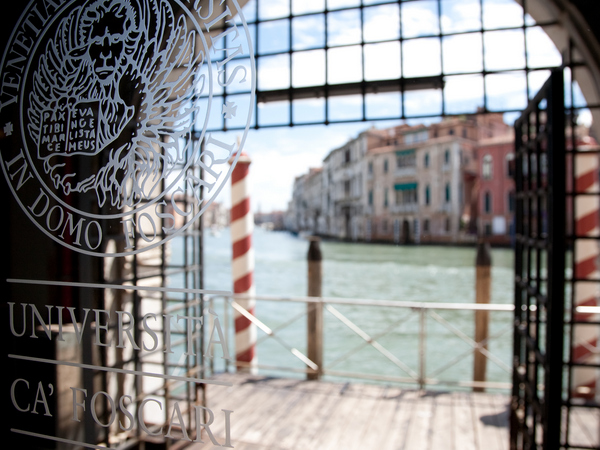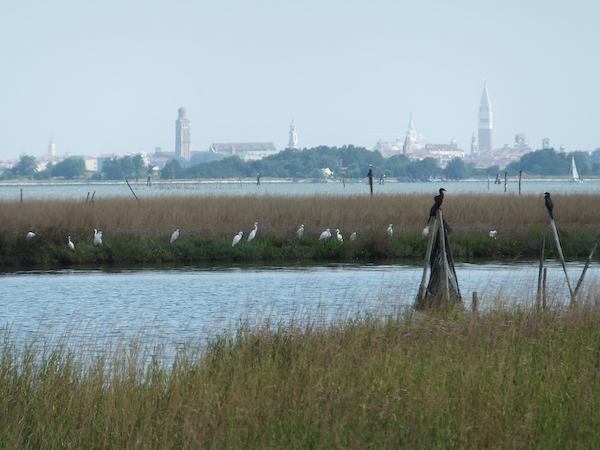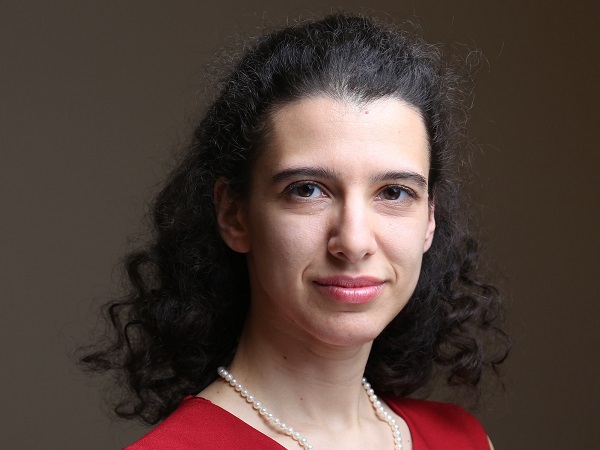
Can we find paths through the tangled branches and roots of a Ficus macrophylla s. columnaris, the gigantic tree also known as the "strangler fig"? And can we sketch these paths as simple lines and turn them into music? If reinterpreted from a mathematical perspective, forms of nature, including animal and plant life, can be translated into music. And even a gondola.
The 'translator’ is a physicist-composer, Maria Mannone (University of Palermo), who presented her experience and compositions at Ca' Foscari on June 25 in the conference "Navigating complexity through the arts? A mathematical research”. The event was organised by Ca' Foscari University in collaboration with ECLT, Science Gallery Venice, Research for Global Challenges - Science of Complexity, Venice Research District (DVRI).
The video shows an example of compositions taken from the lines of two plants in the Botanical Gardens of Palermo.
The topics of discussion will also include a reflection on the extent to which the STEAM approach (Science, Technology, Engineering, the Arts and Mathematics), created within a niche context such as mathematics and art, can be extended to ongoing problems and global challenges (to find out more about the initiative Research for Global Challenges).
Your presentation will be brought to a close with a mathematical-musical tribute to the city of Venice, with the translation into music of the simple lines of a few gondolas. How do you "play" a gondola?
"It produces sinuous and light melodies that run up and down, emphasising its shape. Leonardo believed that painting (and drawing) was superior to music "because it doesn't die immediately after its creation, as wretched music does." However, if we shift our focus from the final drawing to its creative process, we can compare the composition of music over time as a sequence of spatial and temporal events, and therefore associate music and images as the result of a single creative process."
How did you translate a gondola into music?
"I selected a number of points on an image of the structure and I mapped them into musical notes with certain heights, durations and intensities. I dealt with other elements in a less restricted way. In a second example, I composed the music 'freely', i.e. without a formal mapping, but rather by trying to create the illusion of a contemporary construction of sound and image, the result of a single creative movement. This meant applying the principle of gestural similarity, which I began to work on during the third year of my PhD studies in the United States."
At first glance, this may seem like a bit of fun, an end in itself, but what are the 'scientific’ and 'mathematical' challenges behind your compositions and what are the results from a musical point of view?
"The challenge is to reconcile a scientific approach with artistic inspiration, but also the artistic approach and inspiration provided by scientific concepts. Art searches for variety starting from one and the same topic; mathematics searches for unity, i.e. it seeks to identify the common elements and structures within a given variety. Ten composers working on the same picture of a gondola would presumably come up with ten different compositions, though I would expect these compositions to have something in common: that 'something’ is of scientific interest, because it holds information on visual structure and on the potential to translate it into sound."
"I conducted a similar experiment with my students. I invited them to compose a short piece taking their inspiration from the structure of the Klein bottle, represented three-dimensionally. The experiment was a great success, in the sense that, despite being radically different, the compositions all represented the structure and the self-intersection that characterises the Klein bottle".
"The challenge is to search for the ‘invariants’: is it possible to conceive an artistic idea before and regardless of its specific creation, in one expressive code or another? What are the limits of translating visual Gestalt into musical Gestalt, and vice versa, and what are the conditions make this translation possible? Is artistic creation somehow an attempt to explore, or to retrace, natural creation? In fact, I wonder if forms and transformations of mathematical figures on the one hand, and natural figures on the other, can be analysed and compared through a common language, which may come from aesthetic research and the development of mathematical modelling. Musically, the results very much depend on the chosen parameters: the range of notes, the duration of the compositions and the harmony style. However, articulations, patterns and general trends, as well as melodic profiles and transformation processes, all seem to show close correlations with shapes, structures and transformation processes that are external to music."
What does the STEAM approach mean to you and what are the scenarios that can be established by its dissemination in academic circles, even in Italy?
"For me, the STEAM approach represents a need, but also a way to rebuild the gap between disciplines, recovering a global vision of human knowledge, whose in-depth study corresponds to inevitable fragmentation. Art and science influence one other, and the role of aesthetic research as a driver of scientific investigation is undeniable: "this is beautiful, but why does it look beautiful? how does it work?", just as the role of scientific thought as a stimulus for imagination and artistic inspiration is also undeniable."
"The dissemination of the STEAM approach in academic circles could lead to the definition of a common language and a shared terminology, moving beyond the technical jargon of each individual discipline, with a view to improving communication through the exchange of ideas, criticism and collaboration. This is particularly significant for Italy, where the brightest cultural, artistic and scientific periods were precisely those in which the exchange and interaction between the sciences and the arts was most lively and creative. As was the case during the Renaissance, with which the world often identifies Italy."





